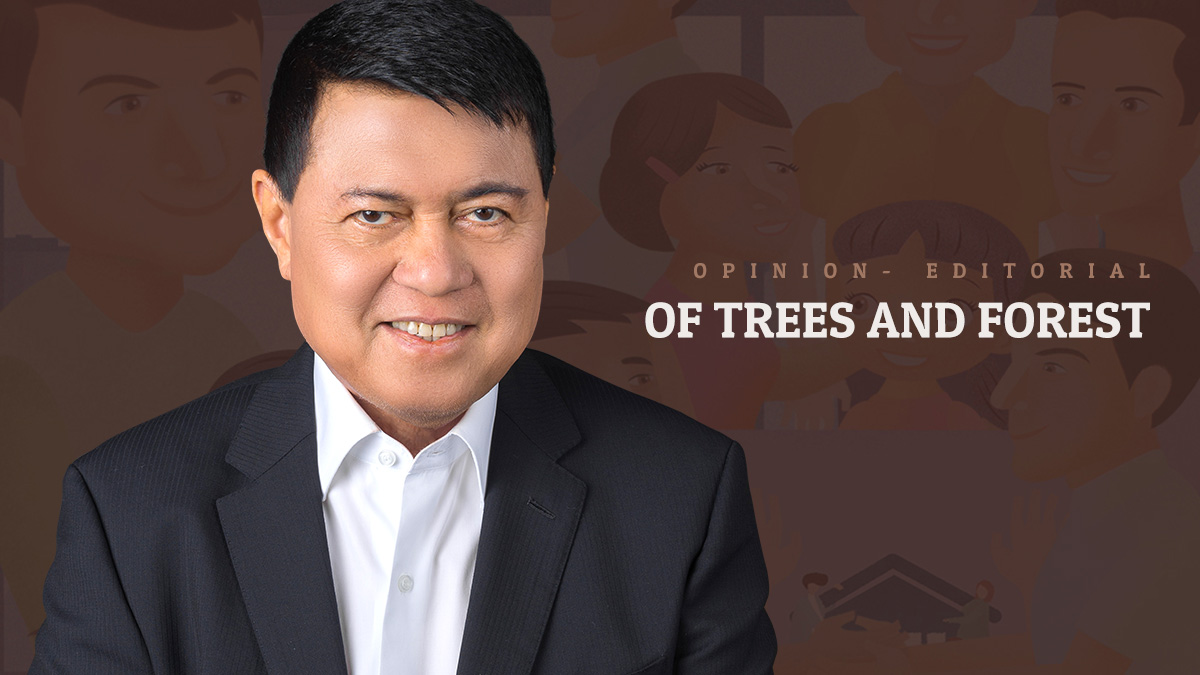
Finish Strong: Part 1
After a resounding victory in the 2019 midterm polls, which was dominated by administration bets and allies, President Rodrigo Duterte now has a strong mandate to close out the remaining three years of his term in spectacular fashion. What should be this administration’s agenda for the closing three years?
Traditional thinking tells us that during the last half of a president’s term, the chief executive becomes a “lame duck.” A lame-duck strictly means an elected official who is still in office but the person succeeding him has already been chosen. But it can also refer to an official who is about to retire or who is at end of a term limit.
I am pretty sure President Duterte will not become a lame-duck president. On the contrary, if the first half of his presidency is any indication, we are in for a sensational finish. The midterm victory is a resounding affirmation from the people of the direction we are taking as a nation.
I think the last three years of the Duterte administration should focus on consolidating the gains of the first three years, and, closely related to the first, legacy-building. It should not get distracted with too much divisive debates and instead adopt a laser-like focus on what needs to be done.
If there is only one thing that this administration should be remembered for, it is infrastructure development. The Philippines has long suffered from inadequate and antiquated infrastructure system.
According to the 2019 World Competitiveness Ranking (study conducted by the International Institute for Management Development), the Philippines ranked 61st out of 63 countries in terms of basic infrastructure. This lack of basic infrastructure has been holding us back from our economic potential.
And the reasoning behind this is not rocket science. We know infrastructure development leads to prosperity. We know that building roads, bridges, airports, as well as enhancing telecommunications infrastructure will lead to increased productivity and better quality of life. Just ask our kababayans who cannot sell their goods because there are no passable roads, or our workers in the capital, who have to endure hours on the road because of poor transportation infrastructure. We know this and yet past administrations have done very little to address the problem.
During the campaign for the presidency in 2016, Duterte and his economic team outlined an 8-point economic agenda which included this statement:
Accelerate spending on infrastructure by addressing major bottlenecks, and maintain the target of setting aside 5% of the country’s Gross Domestic Product (GDP) to infrastructure spending.
Upon taking office, President Duterte immediately set forth the modernization of our infrastructure by rolling out 75 flagship projects worth a combined total of $36 billion in investments. According to my good friend, Finance Chief Sonny Dominguez these initiatives “consist of six airports, nine railways, three bus rapid transits, 32 roads and bridges, and four seaports that will help bring down the costs of production, improve rural incomes, encourage countryside investments, make the movement of goods and people more efficient, and create more jobs.”
The target is even more ambitious: spend around $158 billion on its “Build, Build, Build” program, so that infrastructure spending would reach 7.3 percent of GDP by the end of the President’s term.
This is what needs to be done in his last three years—power through all the political noises and intrigues and accomplish what he has started, usher in the “golden age of Philippine infrastructure.” The critical factor is that we should not get distracted by divisive issues that only produce endless debates but no real prosperity for our people. The mantra for the next three years should be to finish strong.
If his administration succeeds in doing this, his legacy might just well be ushering “the golden age of the Philippines.”





